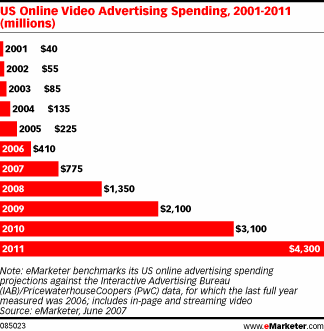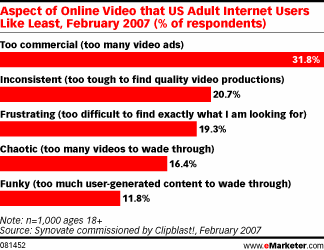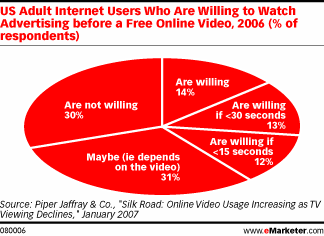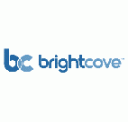No more handbags between comScore Nielsen/NetRatings when it comes to online measurement, at least as far as the US Interactive Advertising Bureau is concerned. Why? You can’t realistically monetise it until metrics are standardised.
As an indication of how complex the whole area can be, here are some of the different metrics being applied by the US networks, when it comes to the performance of online video properties (full report available from TV Week here, assuming it doesn’t become premium content after 24 hours):
“Turner Broadcasting last week said it intends to report how many episodes of its TNT and TBS series are watched online, rather than how many streams, or segments, of a show get played.
Last month, NBC spurred networks to re-examine how they count Web viewers when it announced it had delivered more than 300 million streams of video on NBC.com since last October.”
“The industry would benefit from standardization in terms of reporting because it’s harder to move forward when there is confusion,” pithily put by Tracey Scheppach, senior VP and video innovation director at media-buying agency Starcom USA [which represents clients advertising on at least four of the major network online offers].
So the piece continues: “If you report streams, you end up being able to game the system, meaning I can create gains or losses at will, simply by cutting a show into more pieces,” said Jack Wakshlag, chief research officer for Turner Broadcasting.
That’s why Turner has decided to switch from reporting streams to episodes. Earlier this year, Turner reported TBS’ “My Boys” had delivered 2.7 million streams online. But each episode was broken into three streams, providing an unclear picture of how many episodes consumers were watching. [Echoes of MSN’s Live Earth stats to date, anyone?]
“I want to give more information rather than less, and at least give information they can compare to other networks or to episodes on our Web sites,” Mr. Wakshlag said.
The lack of standards so far is keeping the Web from fulfilling its potential as a medium that lets advertisers know exactly who is seeing their commercials — and acting on them.
Quite, hmmm…
ABC reports episode starts, while NBC reports streams. Fox releases aggregated streaming figures for Fox Interactive Media, which includes Fox’s full-length episodes and MySpace videos as well. CBS doesn’t release data on consumption of its online video.
NBC prefers to report streams to give a sense of the volume of people clicking in to its sites, said Vivi Zigler, executive VP of NBC Digital Entertainment and New Media… ABC initially reported streams viewed of its full-length episodes on ABC.com last summer and then quickly switched to include counts of episodes and streams. Since last fall, ABC.com has delivered more than 120 million episode starts and more than 500 million streams.
“When we first did streams it was just a mad rush to figure out what the data was,” said Albert Cheng, executive VP of digital media with the Disney-ABC Television Group. “But streams are segments of a video. So we decided it’s probably a lot more accurate to call it episode starts.”
Roll on standardisation…







